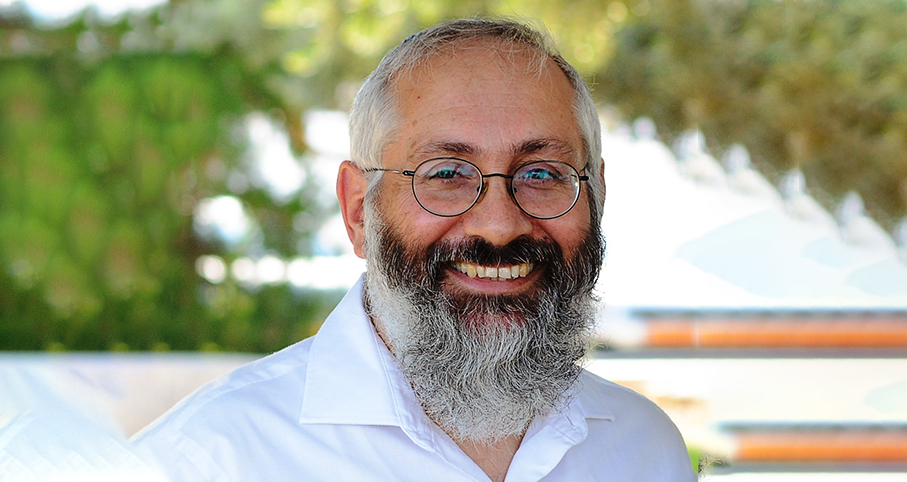Beit Midrash
- Torah Portion and Tanach
- Bamidbar
- Beha'alotcha
However, when light is sourced from candles, wicks and oil it is a more complicated matter. To produce this type of light requires a modicum of motor skills, patience and great attention to detail. Many problems, even fatalities, may be caused by improperly lighting the candelabra such as the one in the Temple, with its imposing size and dimension.
Because of the care and attention that was needed to light the candelabra in the Temple, and to emphasize the holy nature of the task and of the candelabra itself, caring for it and kindling it was assigned to the highest priest of Israel, Aharon. He and his successors symbolized light. They represented hope, optimism, holiness, purpose and peace, and were associated daily with light and radiance. This physical representation of Aharon’s general role in Jewish society served to remind all of the purpose of the Temple, its laws and rituals and to infuse the Godly spirit, so to speak, into Jewish society generally.
The Torah characterizes itself as light and radiance. The commandments are the candles and the kindling, and the Torah – its study and its observance – becomes the source of light itself for all generations of Jews. It became the personal task of each and every High Priest of Israel to see to it that this light was kept eternally burning and refreshed daily.
It is interesting to note that the light of the menorah was not seen generally by the public, as not everyone had access to the area of the Temple where the menorah stood. But, it was seen daily by the High Priest himself and the radiance emanating from the menorah inspired him to be the constant disseminator of light, Torah, social justice and tranquility within Jewish society.
This essential societal task naturally entailed the same type of precision, persistence and attention to detail, coupled with loving care and innate skills that was present when the High Priest serviced the physical lighting of the menorah in the Temple daily. The Talmud teaches us that the clothing of the High Priest was not to be soiled when he appeared in public view. Lighting the menorah can be a dirty job if one is not careful, as can any societal activity, no matter how well intentioned it may have been at the outset.
The process and commandment of lighting the menorah served as a constant reminder to the High Priest of the important role that he was to always play in the furtherance of Torah and holiness in Jewish society.

Ask the rabbi: was moshe’s wife tzipora black?
Rabbi Stewart Weiss | 20 Sivan 5784

It’s a "50-50" proposition
Rabbi Stewart Weiss | 20 Sivan 5784

Do War and Happiness Go Together?
Rabbi Yossef Carmel | Sivan 10 5777



















